Written & Photographed by Sarah Lillegard
Arriving at Flying Mule Farm on the cusp of lambing season and on the heels of a snowstorm in the Sierra Nevada Mountains, the fields are damp with recent rain. Ewes and lambs call to each other and in the morning light. It’s easy to get sentimental about spaces like this where the animals match the rhythms of the land.
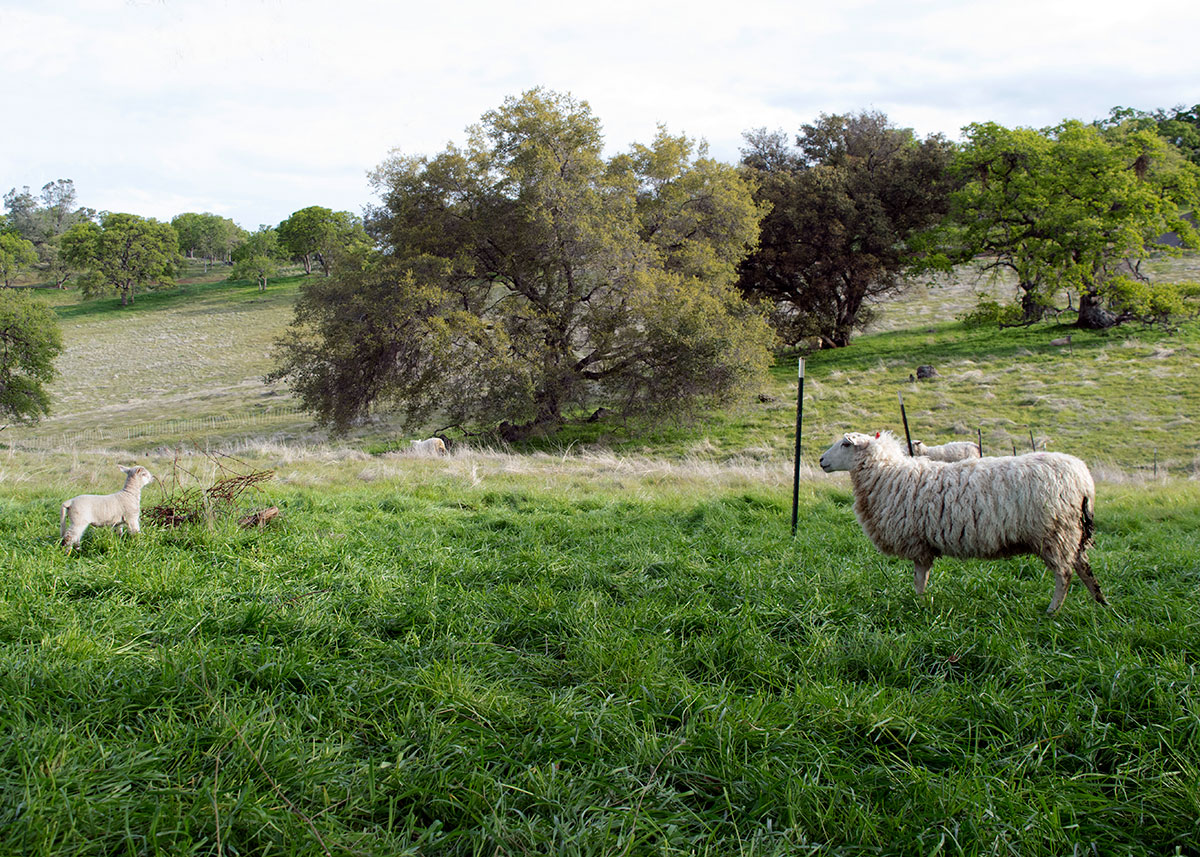
Set into the foothills of the Sierras, Flying Mule Farm is a small-scale commercial flock located near Auburn, California. Their 80 ewes graze on a combination of foothill rangeland and irrigated pastures. They are bred with an eye to the land and a consideration for what thrives in a low-input, grass-based system like that of the foothills.
Speaking to rangeland and Flying Mule Farm’s flock, shepherd Dan Macon writes: “Some would say these lands are of marginal productivity (apparently they’ve never heard the frogs sing at night during lambing season—fecundity is the word that comes to mind for me). Ruminant animals, through the miracle of their digestive processes, can turn the “crop” grown on these “marginal” lands (that is, grass, forbs and brush) into muscle, fiber and milk. The lambs and wool I sell each year are the products of this conversion—renewable products that benefit my community and the world. Properly managed, grazing animals (like my sheep) also benefit the environment …”
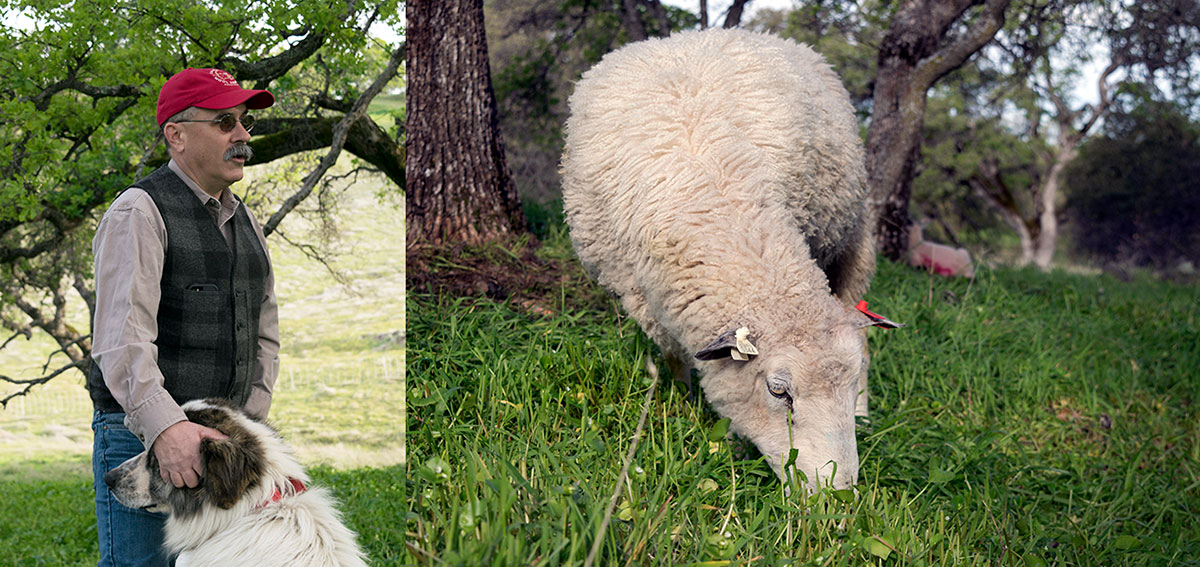
Flying Mule Farm was established as a partnership between Roger Ingram and Dan Macon in 2005. Both Roger and Dan have served as the UC Cooperative Extension Livestock and Natural Resources Manager for Placer and Nevada Counties, with Dan currently holding the position. In the vein of most family farms, the whole family takes on the weight of the work. Dan does most of the day-to-day with his wife, Samia, stepping in as the flock’s veterinarian and their two daughters lending a hand during busy seasons.
Walking through the field with Dan, that sentimentality of rhythms and place isn’t lost on him. “There is a rhythm of paying attention to the year, the weather, the climate. As I have gotten older, I appreciate the fact that there are a finite number of lambing seasons in my lifetime. It’s made me appreciate each lambing season a little more, knowing that I have something to learn each time we go through it, but also something to share and pass on to other people who may follow.”
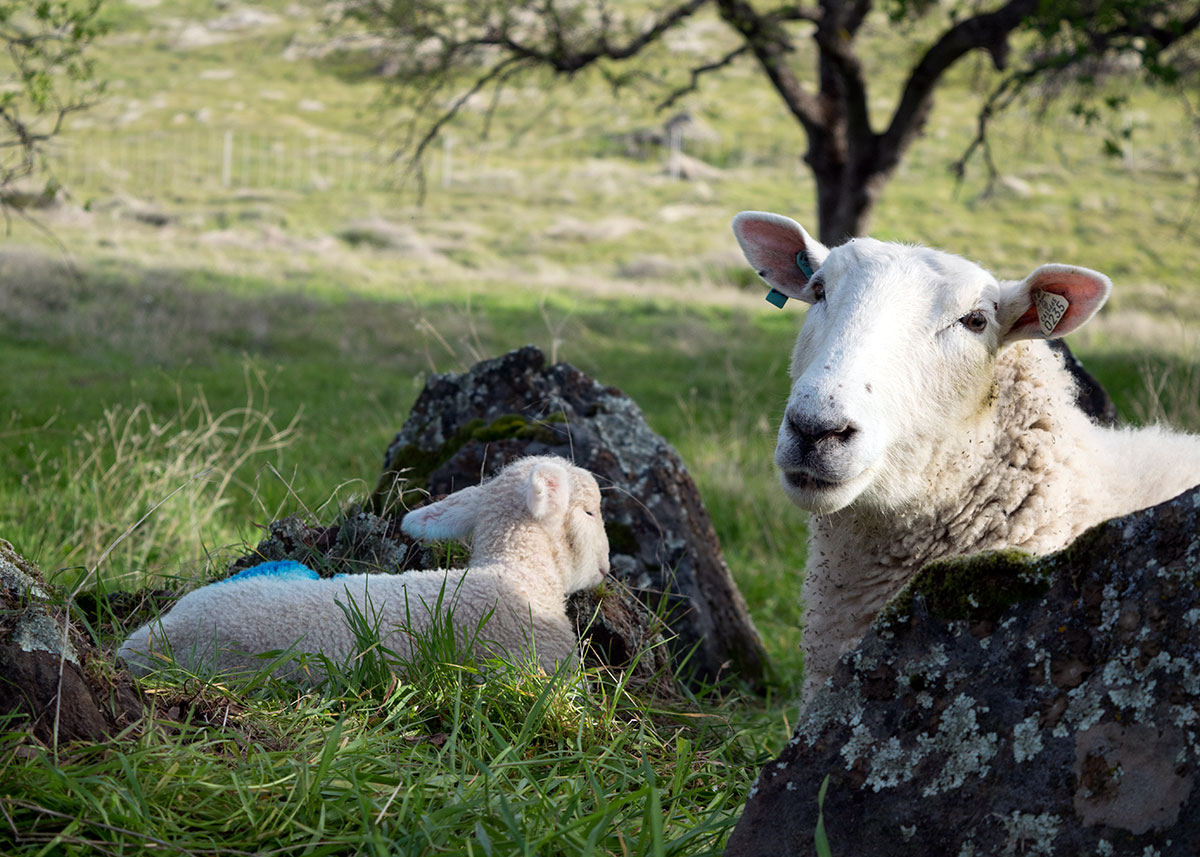
Heading up a knoll, Dan spots a ewe getting ready to lamb. He watches for a moment and then, like a parent giving space and stepping in when needed, he sets an alarm to check her in a half hour.
With lambing season underway, breeding rises to the forefront of the conversation. This is the most labor-intensive part of the year, with previous decisions being tried and revealed. For breeding, Flying Mule Farm uses the British crossbreeding system. North Country Cheviot ewes are bred to Bluefaced Leicester rams, which creates a cross called a “mule.” These mules are then bred to Shropshire rams. This third cross is their terminal outcross resulting in lambs (and some ewes) that are marketed for meat. Through this selection of crossbreeding, the Bluefaced Leicester, which is noted for its soft and lustrous fleece, passes its traits on by adding to the wool quality of the flock.
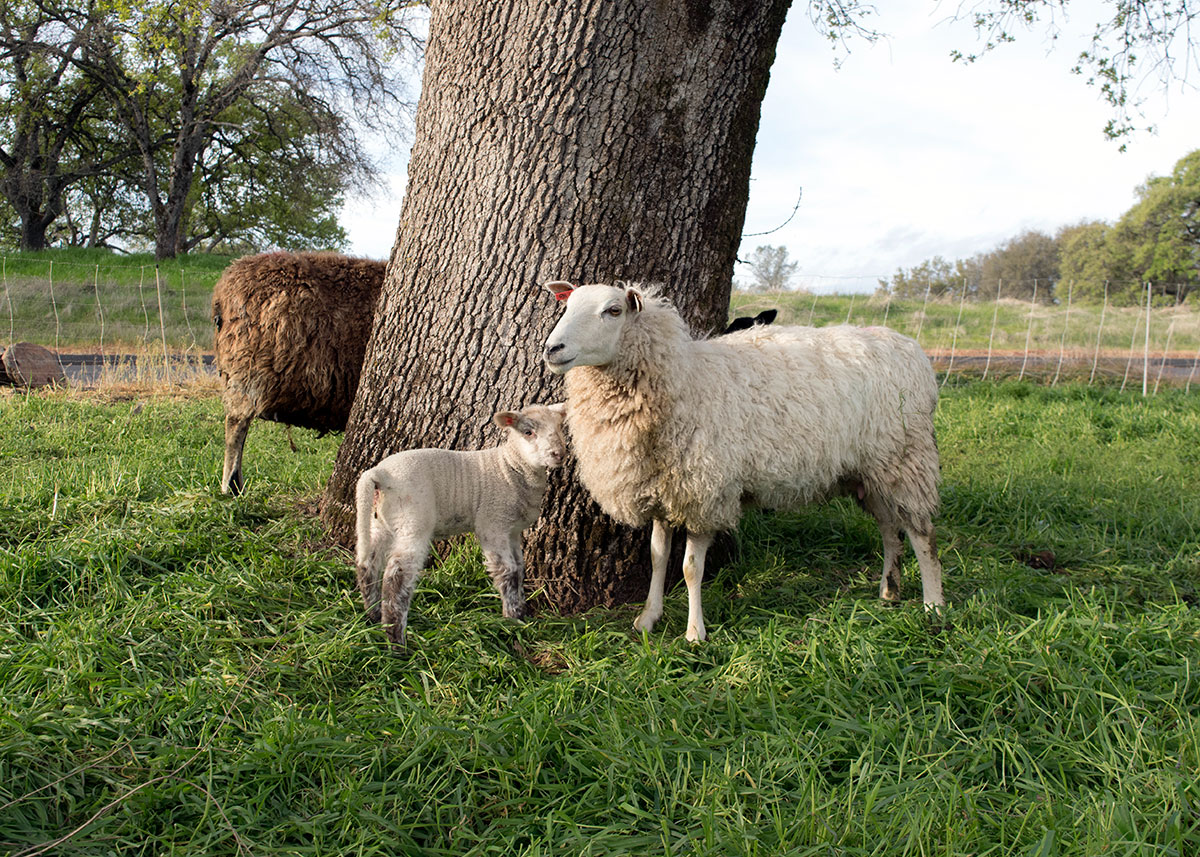
Pulling up grass, Dan remarks that “it’s absolutely miraculous that we can take stuff like this and turn it into that” as he points out to some ewes. With the small size of the flock, wool quality is a component of the breeding and management, but it’s not necessarily the primary focus. On this Dan notes “to make value-added work for small flocks, scale is an issue.” Flying Mule Farm does often sell their wool through a broker, Roswell Wool, and this year has invited a fiber group to come to the shearing to pick their own fleeces. But mostly, the time it takes to turn raw wool into a value-added product can be beyond what a small flock owner can manage. Dan’s solution for this is advocating for collective power, encouraging small flock owners to band together for better buying power and support.
Dan, and the farm as a whole, go beyond just advocating; they facilitate these types of collaborations. Dan describes one of their goals as “investing in and rebuilding a local, ruminant, small industry” within the region. Partnering with the UC Cooperative Extension Program, the farm hosts educational workshops throughout the year. From these workshops to his on-going blog Foothill Agrarian, Dan is generous with information and open about his own learning curve. The land, the animals and the farmer aren’t infallible, but they can all be forgiving.
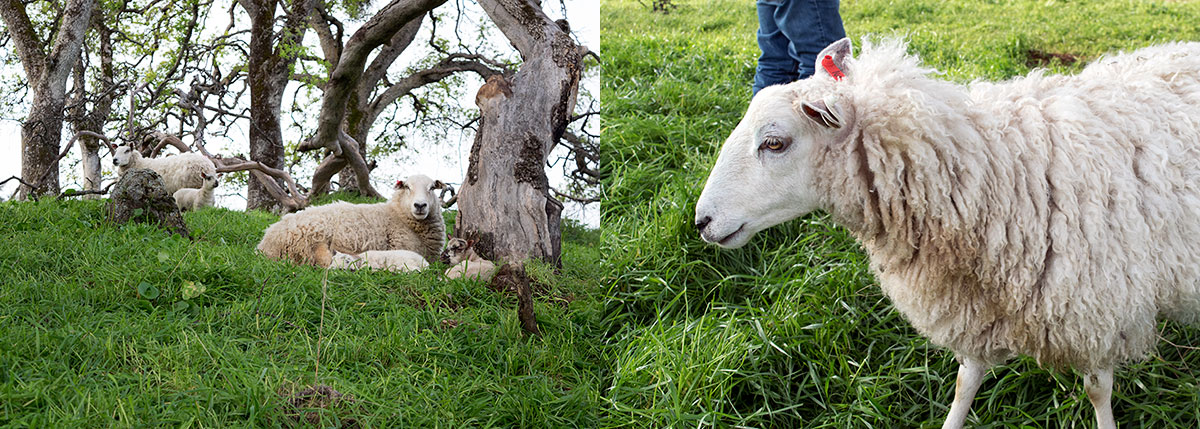
That learning, sharing, and transparency of information all continue to expand the legacy of land and animal stewardship. As Dan describes it: “I wouldn’t say it’s nostalgia, but I get a certain level of satisfaction from the fact that my great grandfather or somebody 500 years ago would largely recognize the work I do today. That even with all of our technology, the work of raising animals like this hasn’t changed all that much, and I like that.”
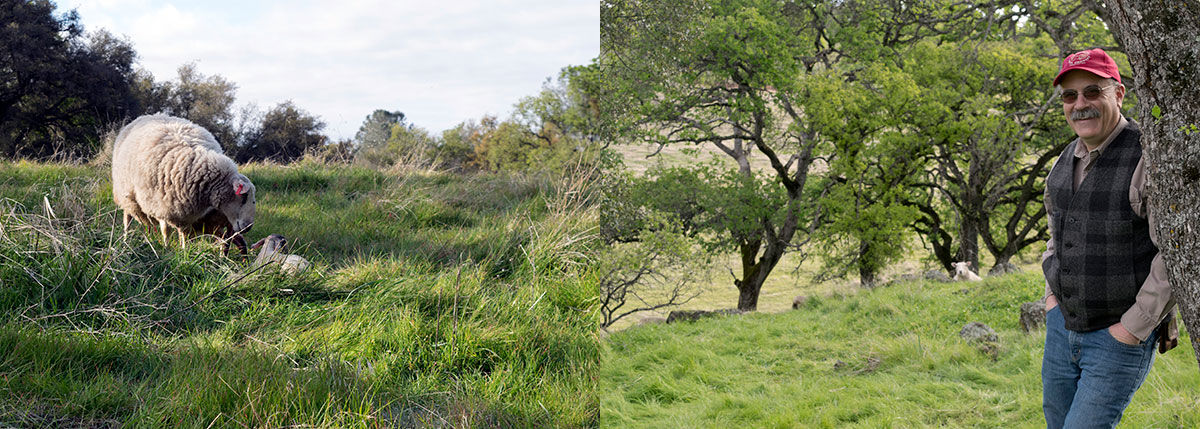
The alarm goes off. Up on the knoll, the ewe has birthed her lamb and it rises on shaky legs seeking her out. We pause watching them and listening to the field and the flock. There is a lot of listening here, a constant ear to the ground. As Dan puts it “pay attention to what the animals are telling you and what the land is telling you.”
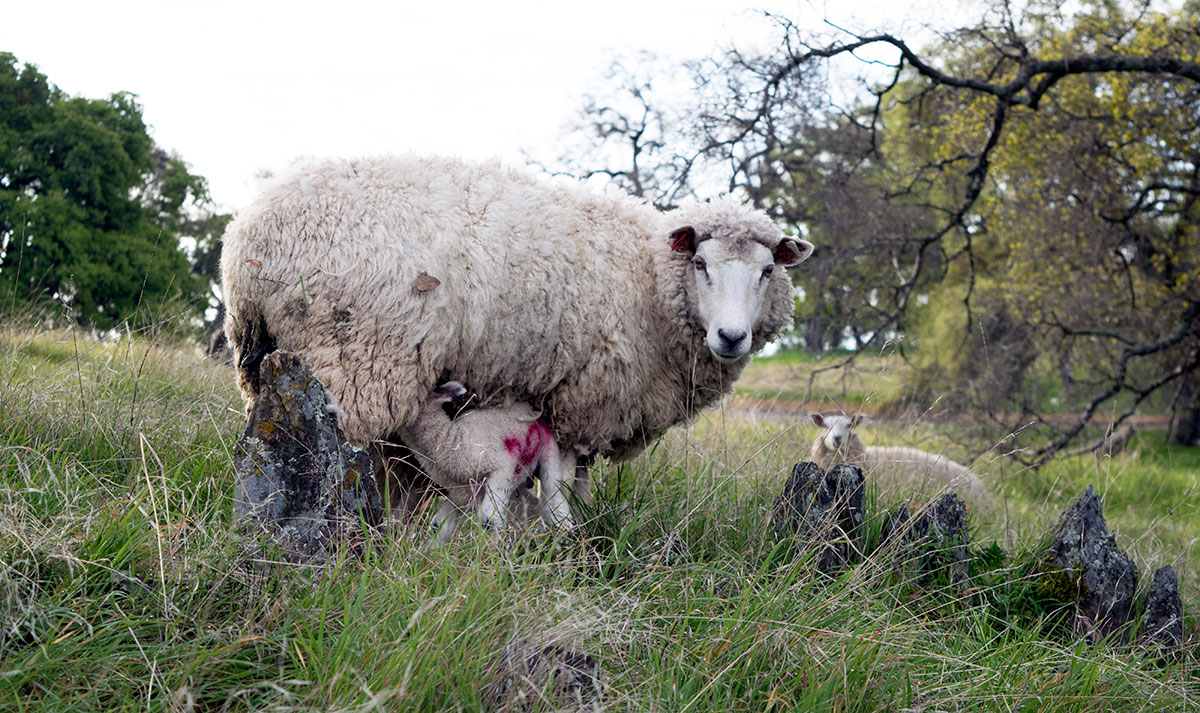
Find workshops and more information about Flying Mule Farm here. The educational focus for next year’s workshops will be wool quality in a flock. For more photographs of the flock and the Sheepherder Rangeland and Weather Reports, visit @FlyingMule on Instagram. To learn more about the intersections between sheep breeding and the landscape, watch or listen the 2016 Wool Symposium panel featuring Dan Macon, Janet Heppler, Robert Irwin, and Lisa Leonard.
